The 18 Best Concept Albums of the 21st Century (So Far)

Ziggy Stardust. The Wall. Sgt. Pepper’s. The Red-Headed Stranger. The 20th Century set the bar pretty high for concept albums. But 21st is off to a decent start. We’ve compiled our 20 favorites from this young century, with an emphasis on a strong concept. In other words, these are ranked as much by the quality and execution of the concept as they are by the music.
 18. Green Day – American Idiot
18. Green Day – American Idiot
The concept: An everyman named Jesus of Suburbia leaves for the big city where he meets up with a punk rock freedom fighter.
As good as Green Day has always been at cranking out irresistibly anthemic pop punk, you always got the feeling they had something bigger in ’em if they would only grow up a bit and really go for it. 2000’s Warning exhibited a maturity and reach that suggested they were on their way, but it was a mere tease compared to American Idiot, the band’s first truly great album and the first punk-rock opera of the new millennium. Green Day pulls it off brilliantly, using the characters Jesus of Suburbia, St. Jimmy and Whatsername to capture the essence of how it feels to be alienated in contemporary America. Billie Joe Armstrong writes and sings with newfound wisdom and depth, and the music evokes both the predictable (Buzzcocks, Who and Kinks) and the unexpected (The Beatles and Beach Boys). But there’s nothing derivative about Green Day now; love ’em or hate ’em, they’ve crafted a unique brand of rock.—Eric Schumacher-Rasmussen
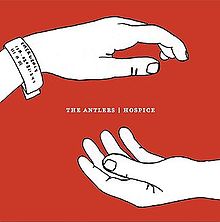 17. The Antlers – Hospice (2009)
17. The Antlers – Hospice (2009)
The concept: A hospice worker and a dying patient represent an emotionally abusive relationship
Certainly not a feel-good record and certainly not background music, it’s thought provoking and stunning through and through. After a few listens, I found myself caught up in the story as if I were reading a tragic novel. “In the spring of 2007, I started writing some lyrics, and I could kind of hear this melody in my head,” The Anterlers’ Peter Silberman told Paste. “I was just writing lyrics to this melody, a lot of them—pages and pages—they were all about the same thing. They were divided as if they were different songs, but they all sounded the same. I started to notice that everything evolved around this one idea. It was basically telling the story of a relationship that had fallen apart. It was kind of a damaged, manipulative relationship, guilt ridden, with a heightened sense of mortality. … I think it was later that weekend that this idea of telling the story through the analogy of a hospice just seemed to fit really well.”—Kate Kiefer
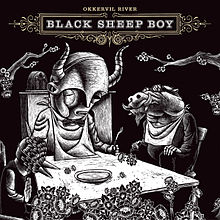 16. Okkervil River – Black Sheep Boy (2005)
16. Okkervil River – Black Sheep Boy (2005)
The concept: 10 songs about the black sheep boy referenced in the Tim Hardin song of the same name.
This ambitious collection allows for Will Sheff’s narratives to unfold around a central theme of the black sheep who wears the golden fleece.
 15. The Flaming Lips – Yoshimi Battles the Pink Robots
15. The Flaming Lips – Yoshimi Battles the Pink Robots
The concept: There’s this woman, Yoshimi, and she battles robots. Which are pink. And evil.
The concept peters out after the first four songs, but those deal with war and pacificism and evil and insecurity in the wake of 9/11. Our hero, a young Japanese black belt named Yoshimi won’t let the robots eat the protagonist.
 14. Titus Andronicus – The Monitor (2010)
14. Titus Andronicus – The Monitor (2010)
The concept: Pounding rock commemorating the Civil War
If Bruce Springsteen sowed the seeds of small-town introspection, his fellow New Jerseyites Titus Andronicus are flooding the fields. The punk quintet deconstructed postindustrial life with its gut-wrenching debut, The Airing of Grievances. And The Monitor crushes the rosy spectacles of heartland rock, peeling away the façade of barroom camaraderie to reveal an entire generation inured to those highs. The comedown is a deeply pessimistic exploration of Americana and its now-quixotic quest for authenticity, loosely tethered to a fictional Civil War-era travel narrative spanning the trackless forests between New Jersey and Massachusetts. Sprawling 14-minute closer “The Battle of Hampton Roads” is named after the Civil War naval stalemate between the Monitor and Merrimack ironclads, a futile battle echoed in Stickles’ narration of ever-increasing self-destructive excess: “And there is no race more human / No one throws it away like they do.”—Michael Saba
 13. The Mountain Goats – Tallahassee (2002)
13. The Mountain Goats – Tallahassee (2002)
The concept: The Alpha couple struggle to save their dying marriage on Southwood Plantation Road
John Darnielle had sung about the Alpha Couple several times before this album fully devoted to their plight. On Tallahassee, they move into a house as run-down as their marriage, where they reflect on their relationship and drink heavily.
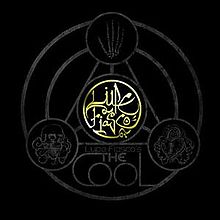 12. Lupe Fiasco – The Cool (2007)
12. Lupe Fiasco – The Cool (2007)
The concept: A hard-luck drug-dealer gets killed, zombiefied.
Expanding on the song, “The Cool” from Fiasco’s debut album Food & Liquor, The Cool is focused on its Michael Young History, aka The Cool, a murdered drug dealer who comes back to life as a zombie. History was abandoned by his father and fell under the influence of a gangster couple, The Streets and her husband The Game. After an affair with The Streets, he’s shot dead only to wake up six months later with his body decaying. He heads back to the city to try to rebuild his drug business, realizing that there’s “no Heaven for a gangster.”
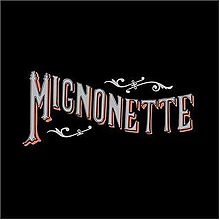 11. The Avett Brothers – Mignonette
11. The Avett Brothers – Mignonette
The concept: Three shipwreck survivors eat the fourth
The true story anchoring this inspiring, heartbreaking album is one of a British crew whose yacht, the Mignonette, was lost in a storm off the coast of Africa in 1884. Four survivors escaped in a tiny boat with no food or water and—after being stranded for 19 days—ate the weakest member of their party. Upon being rescued, one guilt-wracked crew member confessed to the group’s desperate act, revealing the truth even when it meant they’d all be executed. So—long story short—the Avetts wanted to capture not only the tragedy of this twisted tale, but the unshakeable honesty of its protagonist.—Steve LaBate
-

-

-

-

-

-

-

-

-

-

-

-

-

-

-

-

-

-

-

-

-

-

-

-

-

-

-

-

-

-

-

-

-

-

-

-

-

-

-

-

 10. The Honeydogs – 10,000 Years (2004)
10. The Honeydogs – 10,000 Years (2004) 9. Pedro the Lion – Winners Never Quit (2000)
9. Pedro the Lion – Winners Never Quit (2000)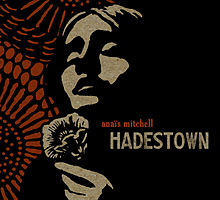 8. Anaïs Mitchell – Hadestown (2010)
8. Anaïs Mitchell – Hadestown (2010)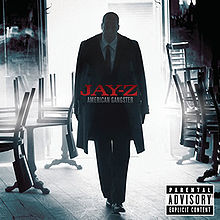 7. Jay-Z – American Gangster (2007)
7. Jay-Z – American Gangster (2007)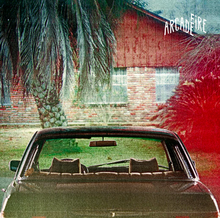 6. Arcade Fire – The Suburbs (2010)
6. Arcade Fire – The Suburbs (2010)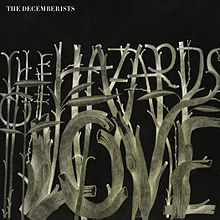 5. The Decemberists – The Hazards of Love (2009)
5. The Decemberists – The Hazards of Love (2009) 4. Aimee Mann – The Forgotten Arm
4. Aimee Mann – The Forgotten Arm 3. Janelle Monae – Metropolis, Suite I: The Chase (2007), The ArchAndroid (Suites II and III) (2010)
3. Janelle Monae – Metropolis, Suite I: The Chase (2007), The ArchAndroid (Suites II and III) (2010) 2. Drive-by Truckers – Southern Rock Opera (2001)
2. Drive-by Truckers – Southern Rock Opera (2001)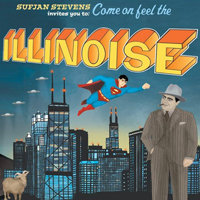 1. Sufjan Stephens – Illinois (2005)
1. Sufjan Stephens – Illinois (2005)






































